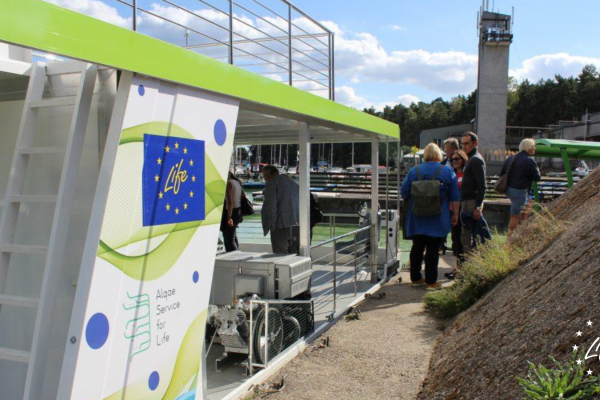Overview
Since the 1980s, the EU has been implementing policies on air quality that have contributed to a substantial decrease in most air pollutants over the past decades.
However, the air quality challenge is far from being solved. Although the number of people exposed to harmful air pollution has significantly decreased, persistent exceedances above World Health Organization guideline exposure levels remain for several air pollutants.
The revised Ambient Air Quality Directive addresses these challenges by building on the previous policies and aligning EU air quality standards more closely with scientific recommendations.
Where levels are elevated above EU air quality standards, Member States must prepare air quality plans to keep exceedance periods as short as possible.






